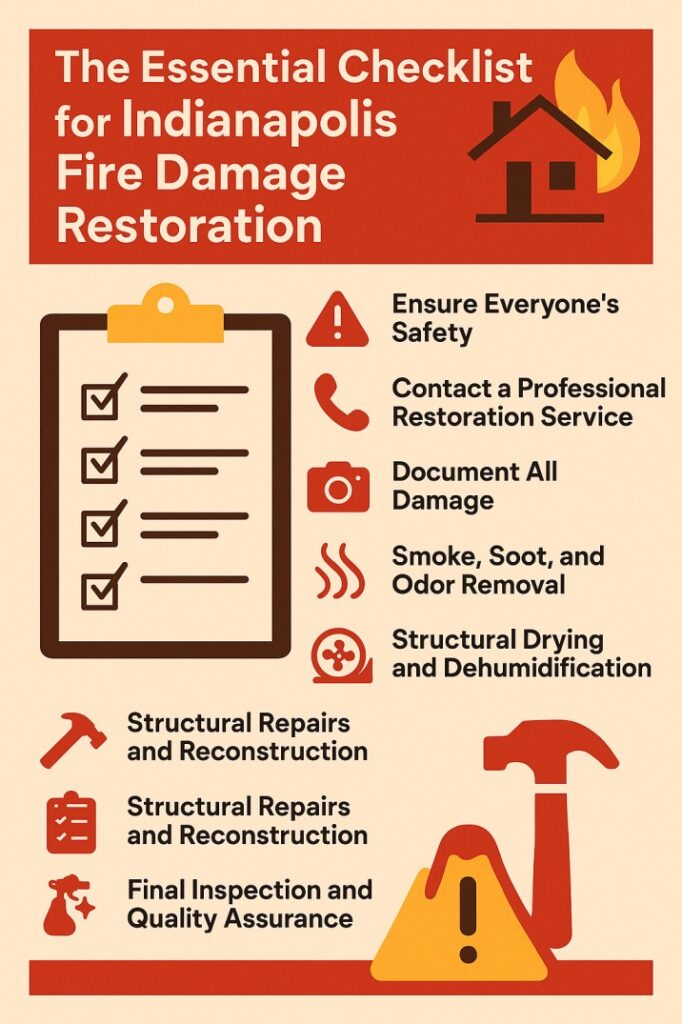Introduction
In industrial and mobile hydraulic systems, equipment efficiency hinges on the flawless interaction of countless components. Among these, the hydraulic oil seal—though often overlooked—is a key determinant of system integrity, reliability, and performance. Designed to prevent fluid leakage and block contaminants, this simple yet vital component plays a critical role in maintaining optimal pressure and extending machinery lifespan.
As machinery demands grow in complexity and durability, the design of hydraulic oil seal has evolved to meet new operational challenges. This article explores the essential design features that directly contribute to enhanced equipment efficiency and offers insights into how choosing the right seal design can reduce maintenance costs, prevent downtime, and boost overall system performance.
The Function of a Hydraulic Oil Seal
A hydraulic oil seal serves two main functions:
- Containment of hydraulic fluid under high pressure within a closed system.
- Exclusion of contaminants such as dust, dirt, and moisture from entering the system.
An ineffective seal leads to fluid leaks, pressure loss, contamination, and component wear—directly impacting operational efficiency and increasing the likelihood of system failure.
Key Design Features That Drive Efficiency
1. Material Compatibility
One of the most important features in seal design is material selection. Different materials offer different resistances to temperature, pressure, and chemical interaction. Common materials include:
- Nitrile Rubber (NBR): Cost-effective and resistant to oil-based fluids.
- Fluorocarbon (FKM): Excellent high-temperature and chemical resistance.
- Polyurethane (PU): High wear resistance for demanding applications.
- PTFE (Teflon): Low friction, chemically inert, and ideal for high-speed applications.
Proper material compatibility ensures that seals can maintain their structural integrity under prolonged use, minimizing friction and wear. This leads to more consistent performance and less frequent replacement.
2. Lip Design and Configuration
The geometry of the sealing lip significantly affects efficiency.
- Single-lip seals are suitable for lower-pressure applications.
- Double-lip seals provide added protection against contaminants.
- Multi-lip configurations improve sealing in high-pressure, high-load environments.
Optimized lip design also reduces frictional drag on the piston rod, which enhances energy efficiency and reduces heat buildup—a common cause of fluid degradation and seal wear.
3. Spring-Loaded Mechanism
In high-performance hydraulic applications, some oil seals include a spring-loaded lip that maintains radial pressure on the shaft. This feature ensures consistent contact, even as the seal or shaft wears over time.
By sustaining effective sealing force under dynamic conditions, spring-loaded seals enhance the long-term reliability of the system, particularly where temperature and pressure fluctuate.
4. Surface Finish Compatibility
Modern seal designs take into account the surface finish of mating parts, especially rods and bores. Seals designed with micro-lip textures can better conform to shaft surfaces, reducing leakage and compensating for surface imperfections.
These advanced sealing profiles improve fluid retention and reduce shaft wear, contributing to smoother operation and longer service intervals.
5. Built-in Wipers and Scrapers
Some seals are designed with integrated wiper elements to remove debris from the piston rod before it re-enters the cylinder. These are especially useful in outdoor or construction equipment exposed to mud, dust, or abrasive particles.
By keeping contaminants out, these design features protect the entire hydraulic system from premature failure and reduce the need for filter changes or fluid flushing.
6. Low-Friction Coatings
To minimize energy losses in high-speed or precision machinery, some hydraulic oil seals are treated with low-friction coatings like molybdenum disulfide or PTFE. These coatings reduce startup torque and operational friction, leading to improved responsiveness and reduced wear on both the seal and shaft.
When used in performance-driven applications such as robotics, aerospace, or material handling equipment, these coatings make a measurable difference in energy consumption and control accuracy.
Choosing the Right Seal for the Right Equipment
Hydraulic systems differ widely based on their application—ranging from manufacturing lines and agricultural machines to aircraft lifts and warehousing platforms. One area where seal performance plays a crucial role is in aerial lifting solutions.
For instance, when evaluating lifting equipment like Scissor Lifts vs Mast Lifts, understanding the hydraulic demands of each can guide the choice of suitable seals. Scissor lifts may operate under more continuous vertical loads, while mast lifts prioritize height and compact operation—each requiring tailored sealing solutions for optimal efficiency.
Selecting the correct seal design for the specific movement, load, and environmental factors of a given machine ensures better longevity, minimal maintenance, and safer operations.
The Link Between Seal Design and Operational Costs
Beyond performance, efficient hydraulic oil seal designs have a direct impact on cost savings:
- Lower energy consumption due to reduced friction and improved fluid control.
- Extended component life by preventing abrasive contamination.
- Reduced downtime through longer maintenance intervals and less frequent failures.
- Improved workplace safety, especially in critical lift systems or high-load applications.
All these benefits contribute to a lower total cost of ownership—one of the primary goals in modern industrial and mobile machinery management.
Conclusion
In the realm of hydraulic systems, efficiency is more than a buzzword—it’s a measurable outcome shaped by engineering decisions, operational environments, and component quality. A well-designed hydraulic oil seal is a silent but powerful contributor to that efficiency, keeping fluids where they belong, excluding contaminants, and maintaining system pressure under tough conditions.
As industries push for more robust, energy-efficient, and low-maintenance systems, investing in the right seal technology becomes not just a technical necessity, but a strategic advantage. Whether designing new systems or upgrading existing equipment, paying attention to seal design is a small step with big returns.









